Saddle fit and the bell curve
We are no longer building saddle trees, but we have two videos about how Western saddles fit horses available on our westernsaddlefit.com website.
We had another discussion within the last week with a customer who is wondering if a tree that fits “this horse” can be used on other horses. So I sent him this explanation, based on bell curves, which comes out of the seminar we taught to a class of saddle makers at the Sheridan leather show this past spring.
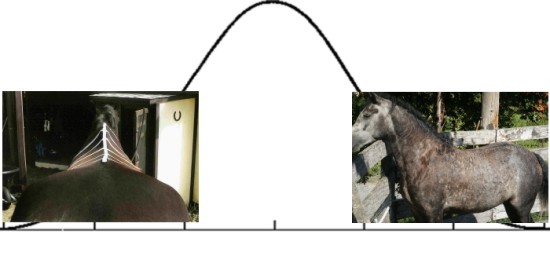
To start, we visualize horse back shapes as a bell curve - really narrow on one end and really wide and "bulgy" on the other end – with most falling in between. Whether horse back shapes really do fall on a continuum like this is still unknown. Maybe it is a bell curve, but how flat or peaked is that curve? Maybe it is a curve that is skewed one direction or other. Maybe it is a very lumpy curve with peaks at different body types. We really don’t know yet, but research with the Dennis Lane Equine Back Profiling System is currently being done to try to find out. In the meantime, we know that horses go from one end of the spectrum to the other, so for the sake of simplicity, lets just assume the bell curve.
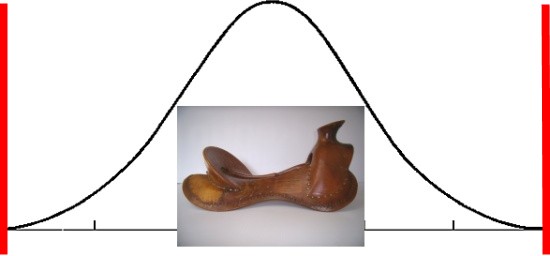
We also see saddle trees and how they fit like a bell curve. Again, if it is a true bell curve or a skewed curve, no one knows. But at least we know this curve only has one peak. A well designed tree will fit a range of horse backs. The horses under the center of the bell curve will be fit ideally. As you go down the sides of the curve, the tree will fit less ideally, but with padding changes you can still fit these horses decently. You won't be Poking them, causing problems, and they will still have enough surface area on the bars that the Pressure is distributed well enough to not cause soreness. Then when you get too far away from the ideal horse for that tree you will you hit the end of the curve. The tree just won't work well for horses outside that range. How broad a range that curve covers will depend on the tree design.
![]()


A tree with minimal surface area (short, narrow bars), questionable edges or an abnormal amount of rock or crown will have a narrower, steeper curve and will fit a narrower range of horses. A tree with a large amount of surface area, edges with good relief built in and well planned rock, twist and crown will have a comparatively wide curve because it might have only half its surface area contacting the horse and still distribute the pressure as well as a tree with a really small bar with full contact. It could be used comfortably on a wider range of horses. And then you have trees between these two ends of the spectrum.
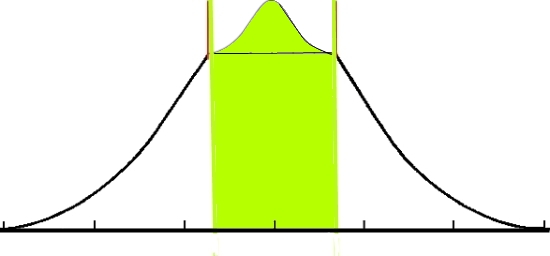
So if you superimpose the saddle tree curve over the horse curve, you get a saddle that will fit a large number of horses. The green lines demonstrate the range of fit of the tree. If your saddle ideally fits the horse under the high point of the bell curve, it will fit a relatively high percentage of the total horse population.
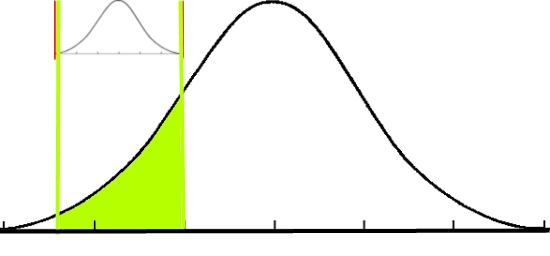
If your saddle ideally fits a horse farther down the bell curve, it will still fit all the horses within its range, but the total number of horses that fall between the green lines is less because there are just less of that body type in the total horse population.
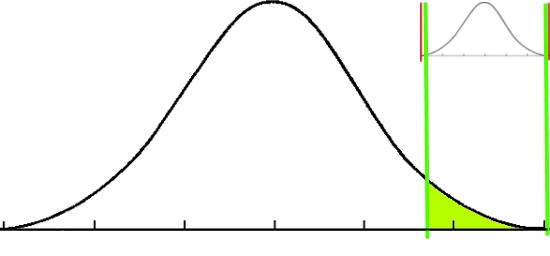
And if the saddle was made to fit a horse at an extreme end of the bell curve, say a large draft horse they are riding rather than driving, then the tree will still fit a range of horses, but you won’t find a whole lot of horses in the range it will fit.
A tree that is ideal for most western North American ranch horses has a large range of horses that it works well on. In our experience, that body type is the peak of the bell curve, at least in our customer base. And it is still the most common fit in the trees we build. We never build a tree to fit an abnormal horse, one that is congenitally or environmentally damaged so it would need something that was absolutely unique – a tree that really would fit no other horse in the world. But we do build trees to fit horse body types that aren't in the center of the bell curve.
In the case that motivated this post, the tree is being built to fit a broader, shorter backed body type. The owner was concerned that the saddle wouldn't fit other horses, but also said “I like this breeding and I envision staying with it so any future horse should be similar backed”. That is the perfect scenario for this customer because the saddle being built "for this" horse will still work for the range of horses he is likely to ride.
